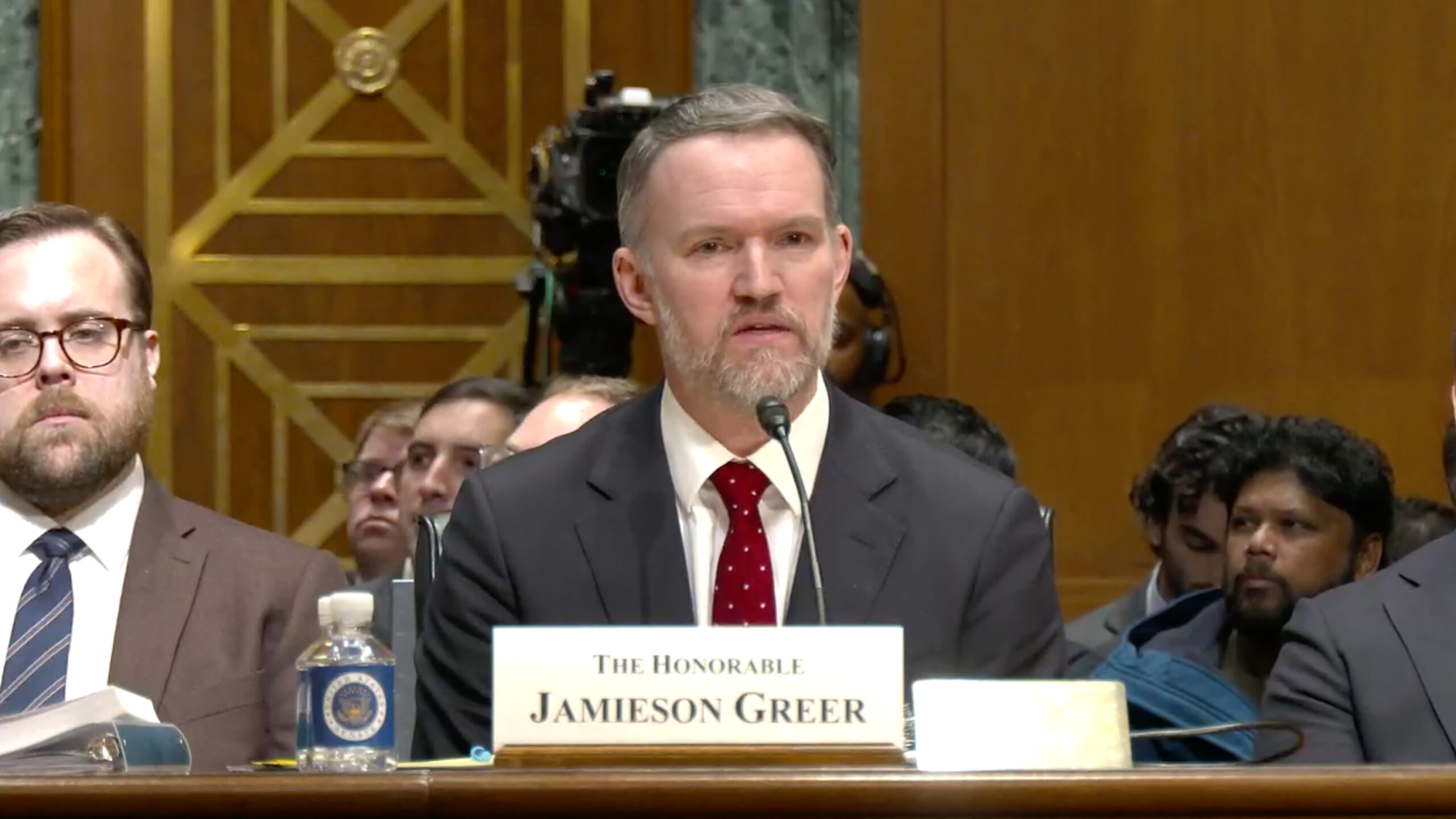By Jeff Ferry, CPA Research Director
President Trump’s “Buy American week” was largely a feel-good event, but behind the scenes there is growing nationwide support in the political and business worlds for more US spending to go on American-made goods and services.
Buy American is important because the federal government, state and local governments, and official agencies between them spend over a trillion dollars a year on goods and services. By buying American-made products, they stimulate domestic industry, create jobs, and help to reduce our huge $500 billion trade deficit. They can also avoid costly and embarrassing mistakes, like rebuilding the San Francisco Bay Bridge with Chinese steel that turned out to be riddled with defects.
Buy American laws have been on the books for more than 80 years. But over the years, they have been watered down by amendments and exceptions. The most significant exceptions are subsequent US agreements to grant many of our trading partners equivalent status to US companies in bidding for government contracts. Today there are more than 40 countries that have the right to bid for US government procurement contracts on an equal footing with US companies. That list includes not just the obvious ones like Canada, Mexico, the entire European Union, but even smaller nations like Armenia. Studies that have been done show that the US has opened up a much larger share of its government procurement markets to foreign suppliers than foreign suppliers have to us. Given our trade deficit and the depressed state of many of our basic industries, it’s imperative to focus on supporting US industries with taxpayer dollars.
The president’s Buy American-Hire American executive order, signed in April, was mainly focused on setting up studies into how to put more teeth into Buy American. We will know more about its impact when those studies are completed and published. But meanwhile, there is a growing movement nationwide, including among many who are not supporters of President Trump, to support Buy American policies.
Earlier this year, Congressman Dan Lipinski (D-IL) introduced the Buy American Improvement Act into the House of Representatives. This act aims to tighten up domestic content provisions by extending those requirements to a number of agencies that are not covered by present legislation. In addition, it provides for greater transparency by requiring agencies and government to publish annual figures on how much they spend on foreign goods and services. Lipinski’s bill would require the federal government to publish details of all waivers granted to allow exceptions to domestic content provisions, and also publish an annual report with totals on the waivers and their dollar value. A Democrat, Lipinski is gathering bipartisan support for his bill.
On the corporate side, retailer Walmart committed in 2013 to spend an additional $250 billion over ten years on American-made goods. That works out to some $25 billion a year, which is not much compared to Walmart’s annual revenue of $482 billion. But conscious of the strong feeling about the state of the US economy among many of its shoppers, Walmart appears to be getting more engaged on Buy American. It recently announced a July 26th conference in Washington DC where it promises to share a “policy roadmap” on its plans for the “renewal” of US manufacturing.
There is also action in two of the largest states in the country. In New York state, the governor and both houses of the Legislature recently agreed on a bill to require the state government to buy only American-made iron and steel. Earlier this year, Democratic Governor Cuomo suggested a much more broad-based Buy American bill for the state. This foundered because of opposition from some industrialists and importers. According to a staffer in Republican State Senator Joseph Robach’s office, the bill passed the State Senate last month and should be signed by the governor later this summer. The current bill lasts for two years and many New York political leaders want to see a successor bill that extends Buy American to other industries.
Across the country, California officials are implementing a “California Made” program. California is a thoroughly Democratic state, with both houses of the legislature and the governor’s office controlled by Democrats. Manufacturing has declined in California as much as anywhere, and Governor Jerry Brown has at times suggested he wants to support some of his pet projects with Chinese manufactured goods, but the California Made program is a serious step in the right direction. This is not public procurement but a labeling program that authorizes companies to put a California Made label on their products when they have met the state-mandated standard. That standard is rigorous, requiring an independent audit to certify the origin of the product and components. Finalized only last year, the program has approved just one applicant so far, Aloha Products, which makes surfboards and other recreational equipment in California. State officials are eager to expand the program and sign up more companies. In southern California, there have been signs of a resurgence of the garment industry, as businesspeople increasingly recognize that the “fast fashion” trend requires making goods close to customers and corporate headquarters.
Whether companies are making surfboards, steel, or complex machinery, the benefits are similar: manufacturing jobs pay better on average than service sector jobs, offer better benefits and a better career path. Since the year 2000, the US has lost some 5 million manufacturing jobs. Government and government agencies should be the leaders in supporting domestic industry and helping to reduce the trade deficit.












